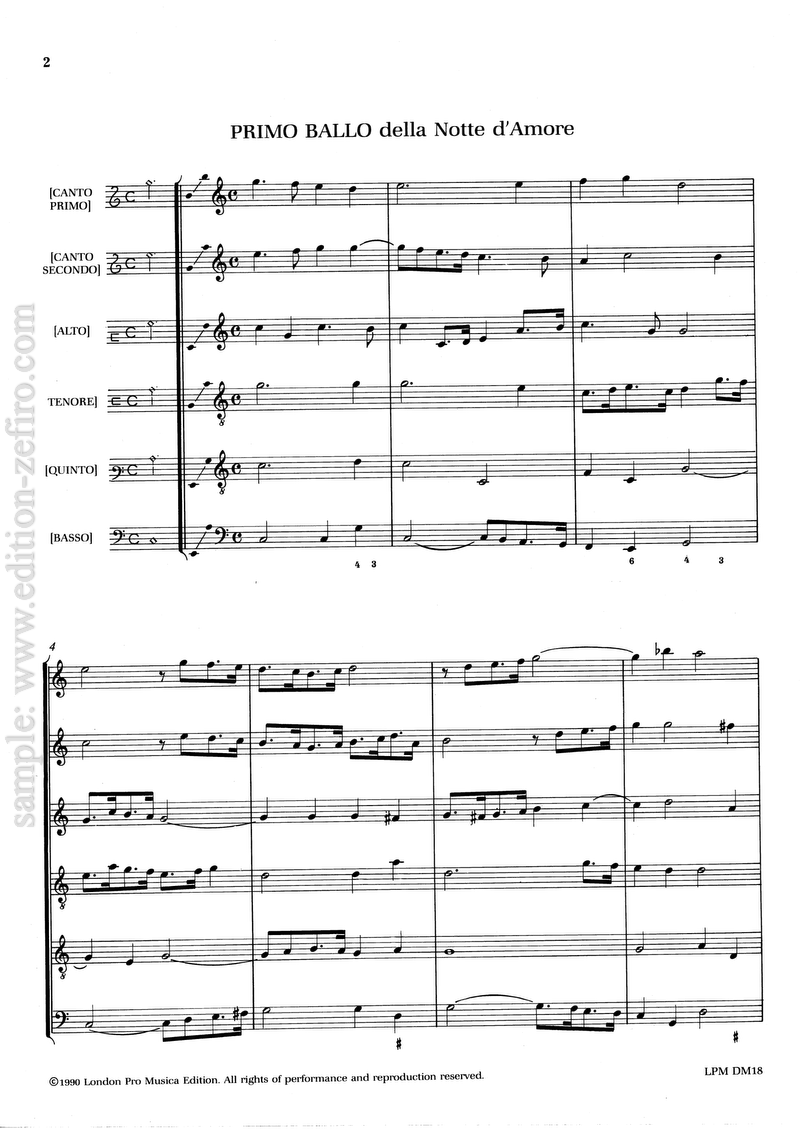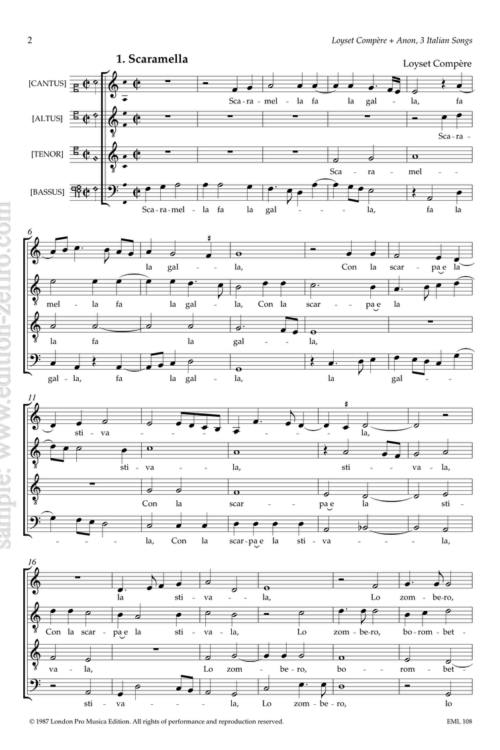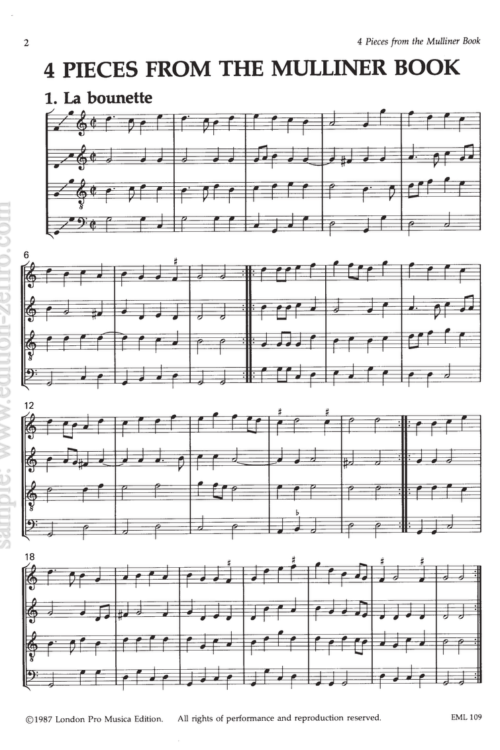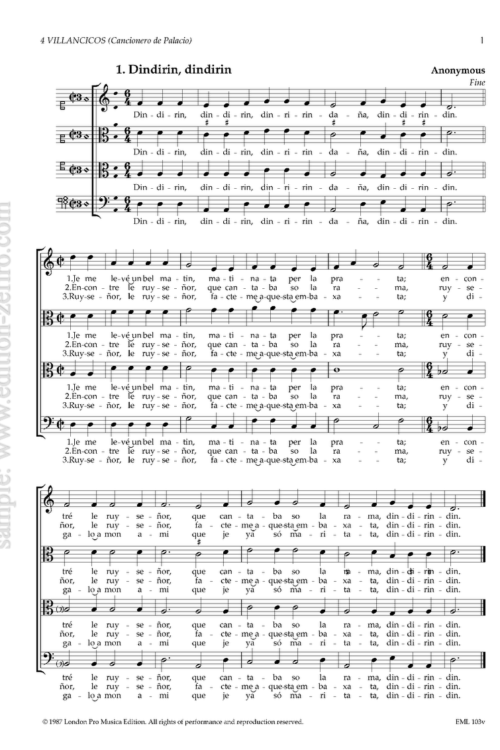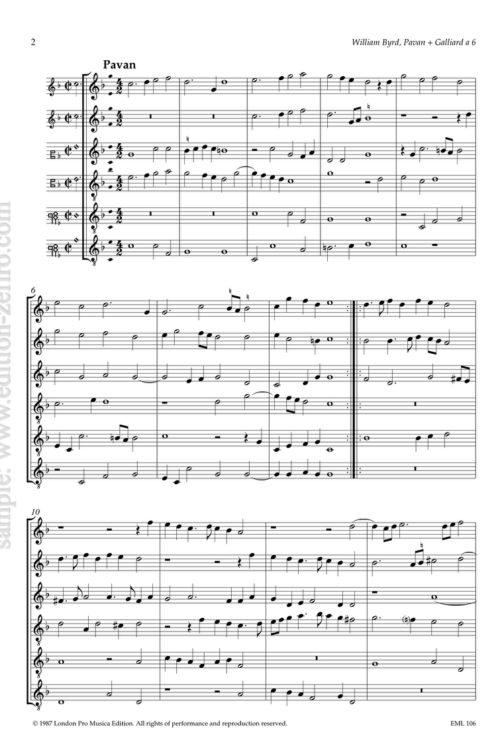Lorenzo Allegri was born around 1573, and died in 1648. He may well have been of German origin, as he was occasionally referred to as “Lorenzo todesco del liuto”.
He seems to have spent most of his working life at the Medici court in Florence; by 1604 he had a regular position there, and in 1636 he was described as maestro di liuto; at some stage he was put in charge of the pages who were required to sing and dance in the court entertainments that were such an important part of the Florentine court life.
The present volume contains all the dance music, consisting of eight balli – each in several movements – from Allegri’s Il Primo Libro delle Musiche, published in Venice in 1618. Allegri’s collection, which is dedicated to the Grand Duke of Tuscany, opens with a sinfonia for five instruments with (an independant) continuo, followed by a short dramatic work based on a poem by Ferdinando Saracinelli. The rest of the collection consists of the eight balli printed here.
Many of these balli have short descriptions indicating by whom the dances were danced, and when. The titles also link them with specific court entertainments, dating from 1608 to 1615, so Allegri’s collection can be seen as an anthology of his work as a court musician.
Below the opening sinfonia Allegri has a note on performance:
Ho voluto situare le Sinfonie spartite per commodità dell’ Instrumenti perfetti come Liuto, Organo, e in particulare dell’ Arpe doppia. Si possono sonare col primo Soprano, e con dua Soprani, e’l Basso Continuato, in manchanza dell’ altre parti; in oltre con Viole, e instrumenti di fiato col Basso Continuato e senza.
(“I have chosen to present the sinfonias in score for the convenience of perfect (i.e. chordal) instruments such a lute, organ, and in particular double harp. They can be played with just the top part, or the top two parts and basso continuo, without the other parts; also with bowed instruments, and wind instruments with or without the continuo”).
It is not entirely clear whether the above preferences in scoring were meant to be applied to the whole collection – the use of the plural “sinfonie” may be a reference to the fact that the sinfonia is in two sections. But it is certainly possible to perform the majority of these pieces on two high instruments, with the continuo incorporating any essential material from the inner parts; having said this, Allegri’s inner parts are often better than they need to be for music to dance to.


